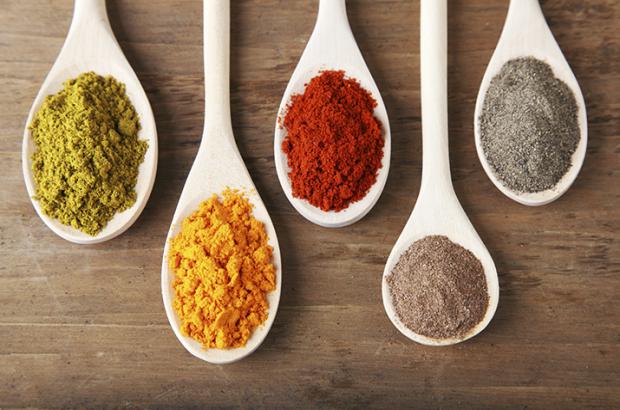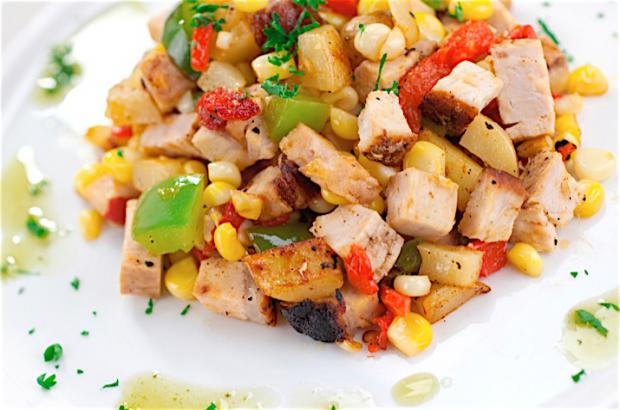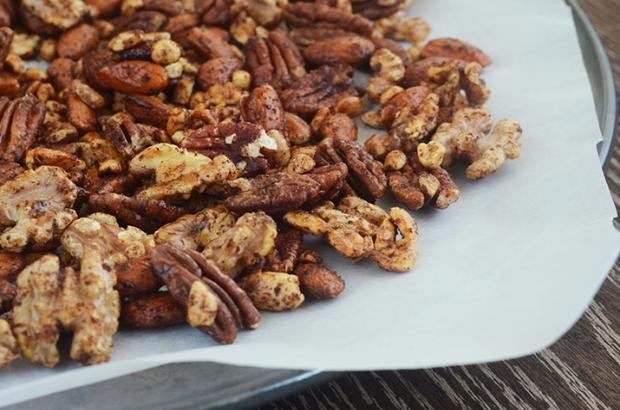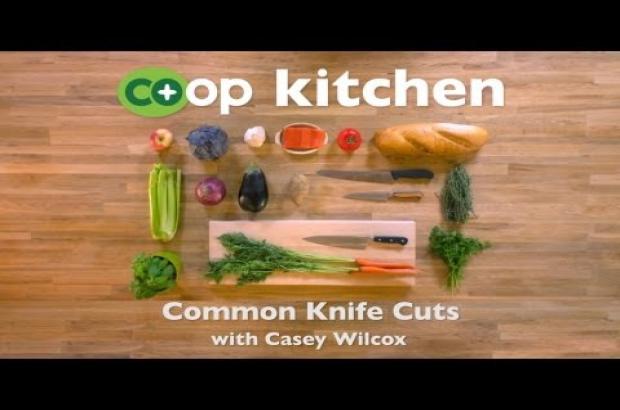Article
Spice it Up
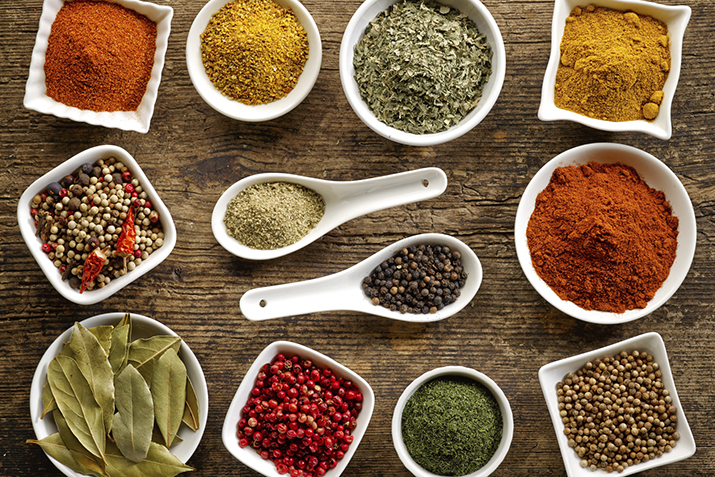
I always thought that there were two kinds of spice users in the world: people who buy spice blends, and people who buy single spices. You know the blends I mean, the paprika-spiked "seasoned salt" (that I used to put on popcorn), or the bottled Italian blends. And as someone who loves to cook from scratch, I will admit I looked askance at those who sprinkled their pre-blended spices from a jar rather than creating their own synergy of spices, customized for each dish.
Well, that was a good phase to go through. I educated myself about using spices, and tested and tasted my way to many a delicious result. Now, older and wiser, I see a third option, and that is making your own spice blends and rubs, or seeking out unique, additive-free blends that will become part of your signature dishes.
As our tastes have gotten more sophisticated and global, the availability of spices has broadened to meet them.
There are a wide variety of prepared spice blends that make it easy to infuse flavor depth and complexity to your dishes. Indian spice blends go beyond curry powder, and now you can find blends that reflect a region, or are intended for a specific dish, like tandoori. Mexican spice mixes, like taco seasoning, are just the beginning; now you can get yellow rice mix or mole pastes. Mediterranean blends are more than just basil and oregano; they might have lavender flowers or saffron, for a more sophisticated take. Even the old pumpkin pie spice mix has been reinterpreted as a baking spice, a blend of all the warming, holiday spices that you might not want to invest in individually, when you can just buy the one jar. All of these blends can be used to make a simple dish of beans, rice, noodles or even burgers into something distinct and exciting.
There are plenty of stand-alone spices available as well, so if you want to experiment with making up your own spice blends, it's easy to do (and can be economical when you purchase small amounts in bulk). Start with the recipes below or take a recipe that has a spice combination you really like, and just make the spice mixture portion. Or look at the ingredients list on your favorite chili powder, curry, or taco mix, and improvise a small batch on your own. Whichever approach you take, you can customize your spice blends to your liking. A little heavier on the chilis, lighter on the salt? It's up to you. When you make your own, you can use more interesting ingredients, like dried ancho chiles in chili powder, or fenugreek seeds in curry.
A great way to really experience a spice blend is to use it as a rub. A rub is just a spice blend that has been used to coat a piece of meat, fish, or tofu, before roasting, grilling, or searing. Rubs usually contain salt, and sometimes, sugar. The rub creates a super-flavorful crust, adding texture and color as well as flavor. Unlike marinades, which usually contain acids like vinegar or citrus, a rub isn't supposed to tenderize or soak into the meat. Instead, the salt and spices draw out a little moisture, which helps with browning.
One step that is essential is to toast your spices (but don't toast herbs—herbs are from the leafy parts of the plant; spices are not). Some of the recipes below use ground spices for convenience, which you can toast lightly in a pan. Just measure and swirl them in a dry saute pan over medium heat until fragrant, then cool and use. Toasting deepens flavors, but also makes them a little more perishable, so use them within a few weeks. For whole spices, dry toast the same way, individually (as toasting time may vary from spice to spice), then grind in a spice grinder or carefully cleaned coffee mill.
Using spice blends can impart delicious, unique flavors to your dishes. And as global flavors continue to be embraced by westerners, I expect the availability of spices to continue to broaden in response. So it's worth exploring the world of spices today, tomorrow and in the years ahead.
Check out some of our tasty spice rub recipes from Robin below as well as more spice rubs on our site.

